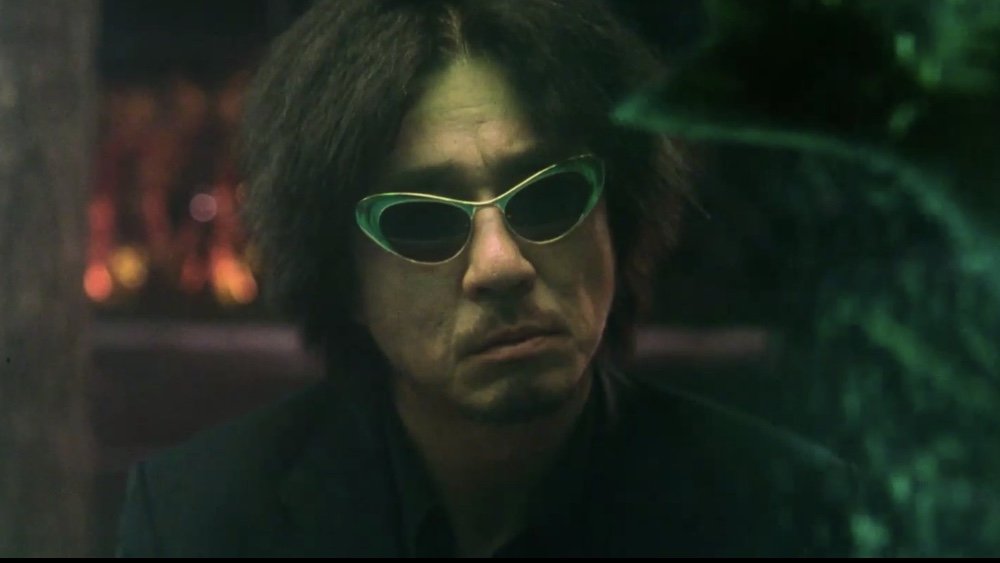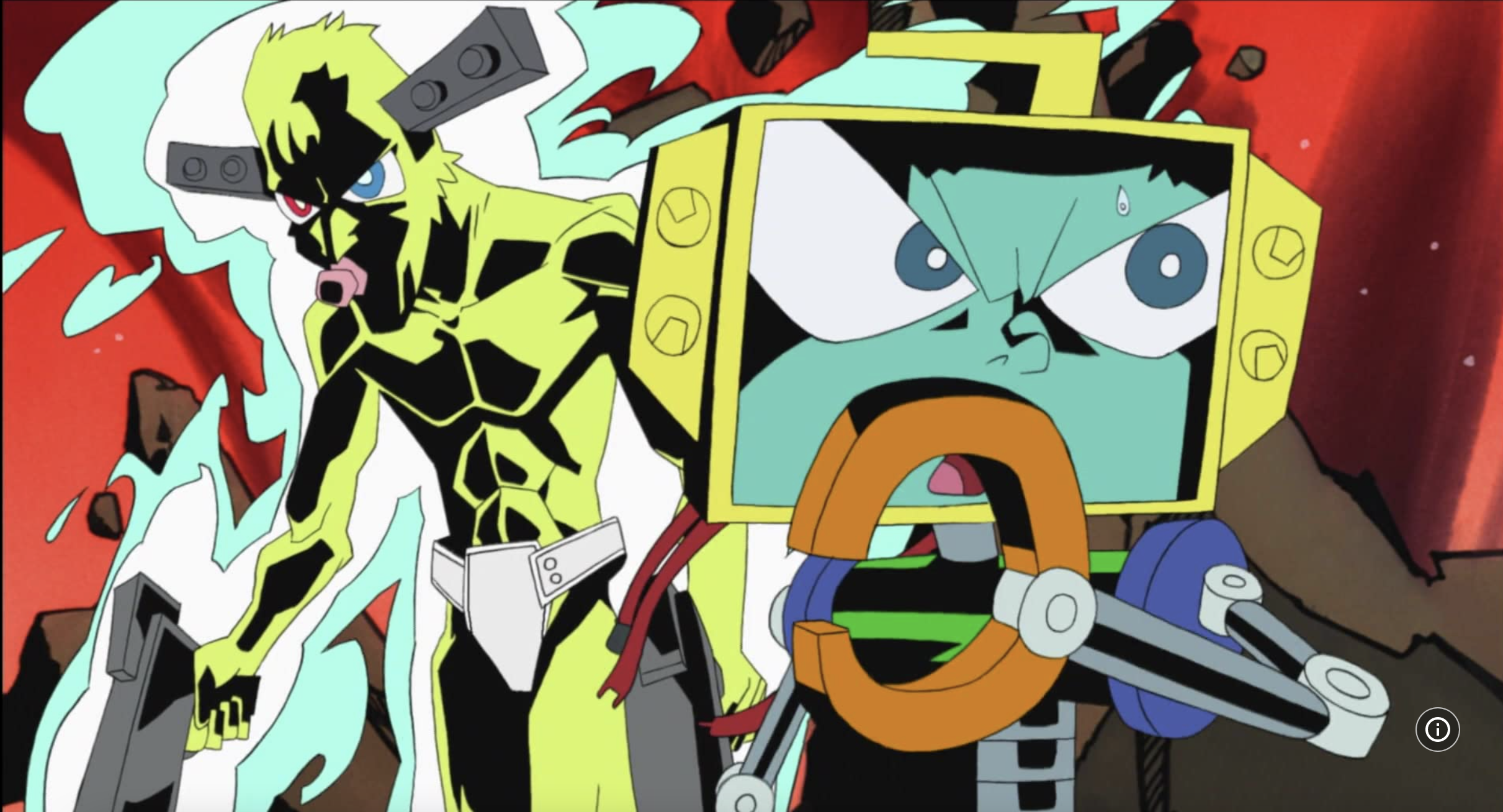The Other Side of the Coin: Shinjuku Boys

The 1990s in Tokyo was a vibrant whirlwind of consumerism, avant-garde fashion, developments in technology, and the beginning of the globalization of anime and manga.
It was an ongoing party, lighting up neighborhoods of central Tokyo. Shinjuku was in fact one of the most popular spots to be in the city and was home to multiple clubs and bars. It also included the queer quarter of Nichome-Shinjuku, which was home to many alternative and LGBT+ communities.
Shinjuku Boys is a documentary probing into the queer nightlife of Shinjuku in the mid-90s. It is a film by Kim Longinotto, a British filmmaker who creates heart-stopping documentaries about gender equality and the reality of women around the world, and Jano Williams, an equally accomplished British journalist who dedicated years of her career to Japan.
Starring three “onabes”, which is a word for women or AFAB people who act and identify with traditional masculine standards, Shinjuku Boys is an hour-long film about the covert world of transgender, gender non-conforming, and various sexual minorities during the 90s in Japan. The self-identified “onabes”, Tatsu, Kazuki, and Gaish, are hosts who work at the club New Marilyn.
In an extremely raw, realistic, and untouched documentary, the hosts open up about their romantic relationships in a homophobic society, their gender, their sexuality, and their personal life altogether. The interviews are like gut punches, packed with vulnerability and truth, and still reflect the issues queer people face today in Japan.
Neon lights, karaoke, and fancy suits: Shinjuku Boys dive into the less glamorous reality of transgender and gender non-conforming Japanese people in the mid-90s in a poignant nightlife documentary, highlighting the fact that the LGBT+ community has been present forever.
About the Author:
Mizuki Khoury
Born in Montreal, based in Tokyo. Sabukaru’s senior writer and works as an artist under Exit Number Five.





